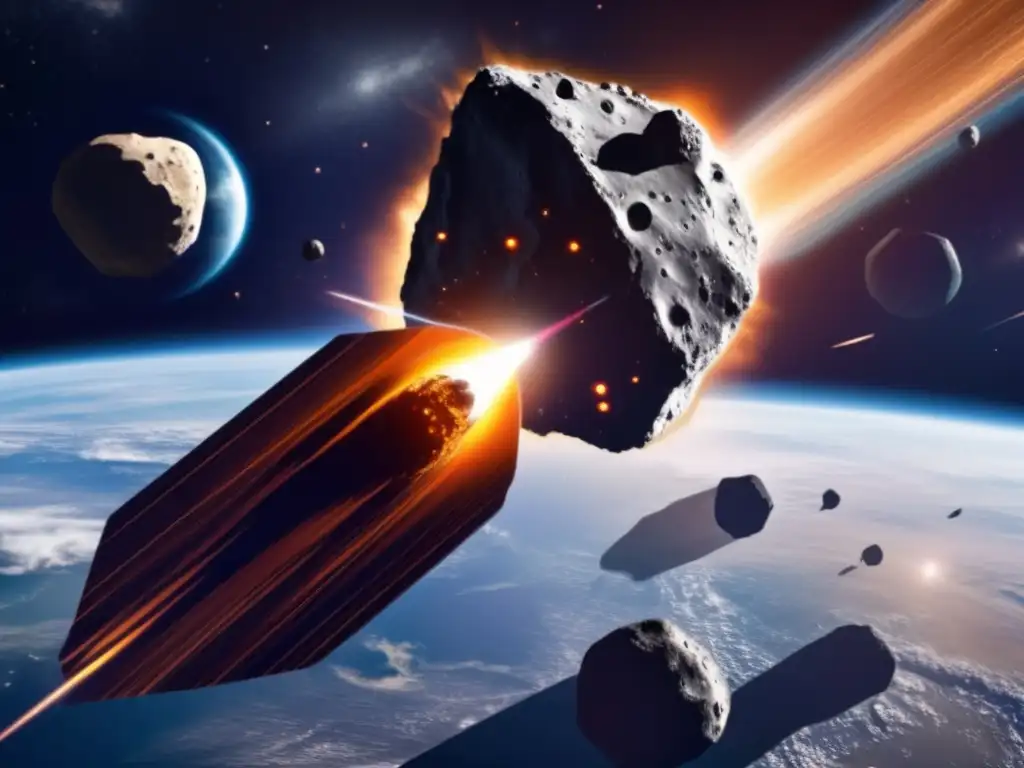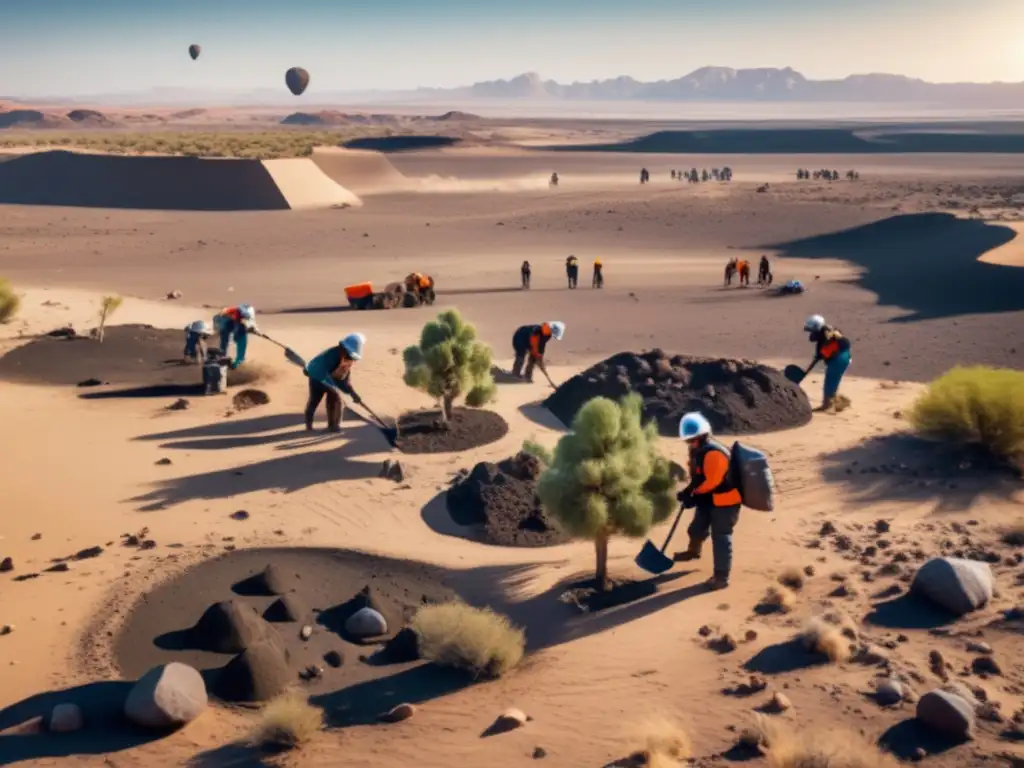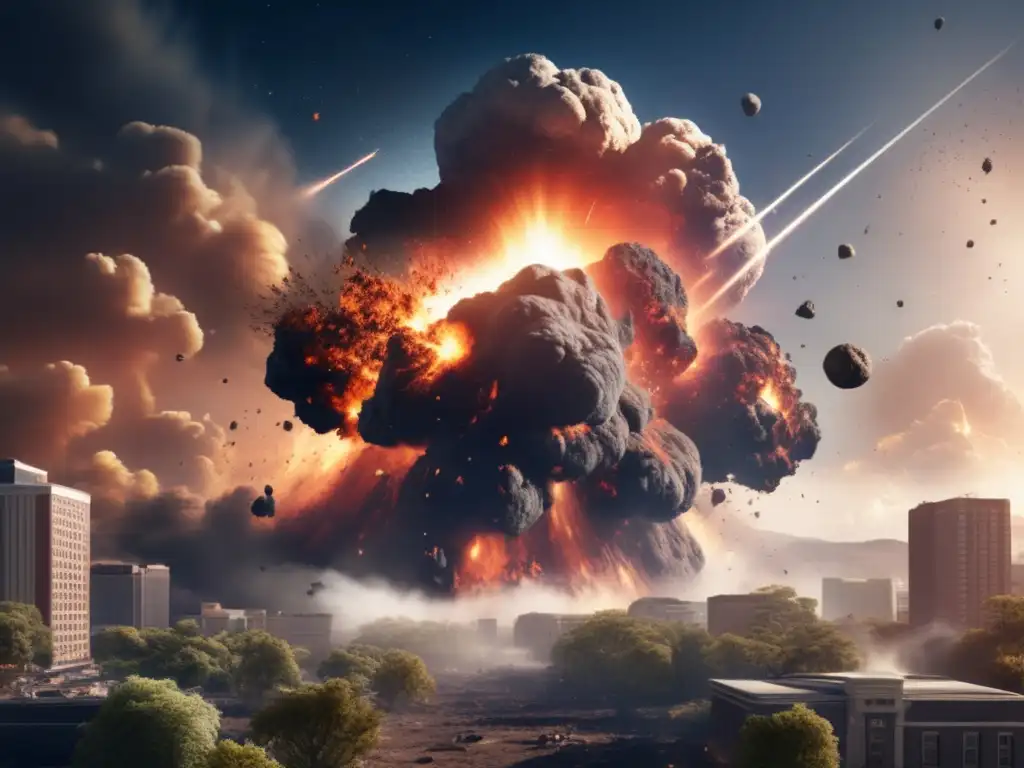Planet Protectors: Strategies To Prevent Asteroid Impacts

Introduction
Earth has been hit by asteroids many times in its history, and some of these events have had catastrophic consequences. Although the probability of an asteroid impact is relatively low, the potential consequences are so severe that it justifies taking preventative measures. This article will examine some of the strategies that have been proposed to protect our planet from the threat of asteroid impacts.
NASA's Planetary Defense Coordination Office

The Need for an Early Warning System
The key to preventing an asteroid impact is early detection. NASA's Planetary Defense Coordination Office (PDCO) is responsible for detecting and tracking near-Earth objects (NEOs), including asteroids, that pose a potential threat to our planet. The PDCO operates a network of ground-based observatories and telescopes that constantly scan the skies for new asteroids and comets. Once an asteroid is detected, its orbit is calculated and monitored to determine whether it poses a threat to Earth.
Deflecting an Asteroid
If an asteroid is detected early enough, there are several methods that can be used to deflect it away from Earth. One of the most promising techniques is called a kinetic impactor. This involves sending a spacecraft to collide with the asteroid at high speed, changing its trajectory enough to avoid a collision with Earth. Another method involves using a gravity tractor, which uses the spacecraft's gravitational pull to gradually alter the asteroid's orbit over time.
Space-Based Telescopes
One of the challenges of detecting asteroids is that they can be difficult to spot from the ground, particularly if they are small or located in the daylight sky. To improve our ability to detect and track asteroids, NASA is currently developing a space-based telescope called the Near-Earth Object Surveillance Mission (NEOSM). NEOSM will be able to detect smaller asteroids than ground-based telescopes, and it will also be able to observe asteroids during the daytime when they are not visible from the ground.
Private Sector Initiatives

The B612 Foundation
The B612 Foundation is a non-profit organization dedicated to protecting Earth from asteroid impacts. The foundation was founded by a group of former astronauts, including Rusty Schweickart and Ed Lu, who became concerned about the potential threat of asteroids after their experiences in space. The B612 Foundation is developing a space-based telescope called the Sentinel Mission, which will be able to detect and track asteroids more accurately than any other telescope currently in operation.
Planetary Resources
Planetary Resources is a private company that is aiming to mine asteroids for valuable resources such as water, metals, and minerals. In addition to developing mining technology, the company is also interested in asteroid defense. One proposal is to use small robotic spacecraft to land on an asteroid and gradually push it off course using tiny thrusters. Over time, this would alter the asteroid's trajectory enough to avoid a collision with Earth.
The Role of International Cooperation

The United Nations Office for Outer Space Affairs
Asteroid impacts are a global threat that requires international cooperation to address effectively. The United Nations Office for Outer Space Affairs (UNOOSA) is responsible for promoting international cooperation in the peaceful use and exploration of outer space. UNOOSA has established the International Asteroid Warning Network, which brings together observatories, scientists, and other experts from around the world to share information about potentially hazardous asteroids.
The Asteroid Impact and Deflection Assessment (AIDA) Mission
The European Space Agency (ESA) and NASA are currently collaborating on a joint mission called the Asteroid Impact and Deflection Assessment (AIDA). The mission will involve two spacecraft: ESA's AIM (Asteroid Impact Mission) and NASA's DART (Double Asteroid Redirection Test). AIM will study the asteroid Didymos and its moon, while DART will collide with the moon to test the kinetic impactor technique. The results of the AIDA mission will provide valuable information about the effectiveness of asteroid deflection techniques.
Frequently Asked Questions

-
What is the likelihood of an asteroid impact?
The likelihood of an asteroid impact is relatively low, but the potential consequences are so severe that it justifies taking preventative measures.
-
What happens if an asteroid is detected too late?
If an asteroid is detected too late, there may not be enough time to deflect it away from Earth. In this case, the best option may be to evacuate the impacted area.
-
What is a kinetic impactor?
A kinetic impactor is a spacecraft that collides with an asteroid at high speed, changing its trajectory enough to avoid a collision with Earth.
-
How can private companies help prevent asteroid impacts?
Private companies can contribute to asteroid defense by developing technology to detect and track asteroids, as well as by developing techniques to deflect them away from Earth.
-
What is the role of international cooperation in asteroid defense?
Asteroid impacts are a global threat that requires international cooperation to address effectively. International organizations like the UNOOSA and joint missions like AIDA are important in promoting collaboration across borders.
Conclusion
The threat of an asteroid impact is real, but by working together, we can take steps to ensure that such an event does not occur. From early detection to asteroid deflection techniques, there are many strategies that can be used to protect our planet from this potential hazard. By continuing to invest in asteroid defense technology and international cooperation, we can protect ourselves from this cosmic threat.
We hope you found this article informative and encourage you to share your thoughts in the comments section below. Thank you for your attention, and please stay tuned to Asteroid Realm for more updates on the fascinating world of asteroids.
Additional Resources

- NASA Planetary Defense
- B612 Foundation
- Planetary Resources
- UNOOSA
- European Space Agency: AIDA Mission
 The Aftershock Of Asteroids: Post-Impact Seismic Activity
The Aftershock Of Asteroids: Post-Impact Seismic Activity Buried Evidence: Unearthing Ancient Asteroid Impact Sites
Buried Evidence: Unearthing Ancient Asteroid Impact Sites Danger From Above: The Constant Threat Of Asteroid Impacts
Danger From Above: The Constant Threat Of Asteroid ImpactsIf you want to discover more articles similar to Planet Protectors: Strategies To Prevent Asteroid Impacts, you can visit the Asteroid Impacts category.
Leave a Reply

Articulos relacionados: